Complete Solutions to JEE Main And Advanced of chapter ORGANIC CHEMISTRY BASICS of Class 12 book with complete answers and questions
| Class 12 | CHEMISTRY |
| Chapter | ORGANIC CHEMISTRY BASICS |
| IIT-JEE PREVIOUS YEAR | JEE Main And Advanced |
| Number Of Questions | 100 |
| Academic Year | 2023-24 |
The absolute configuration of
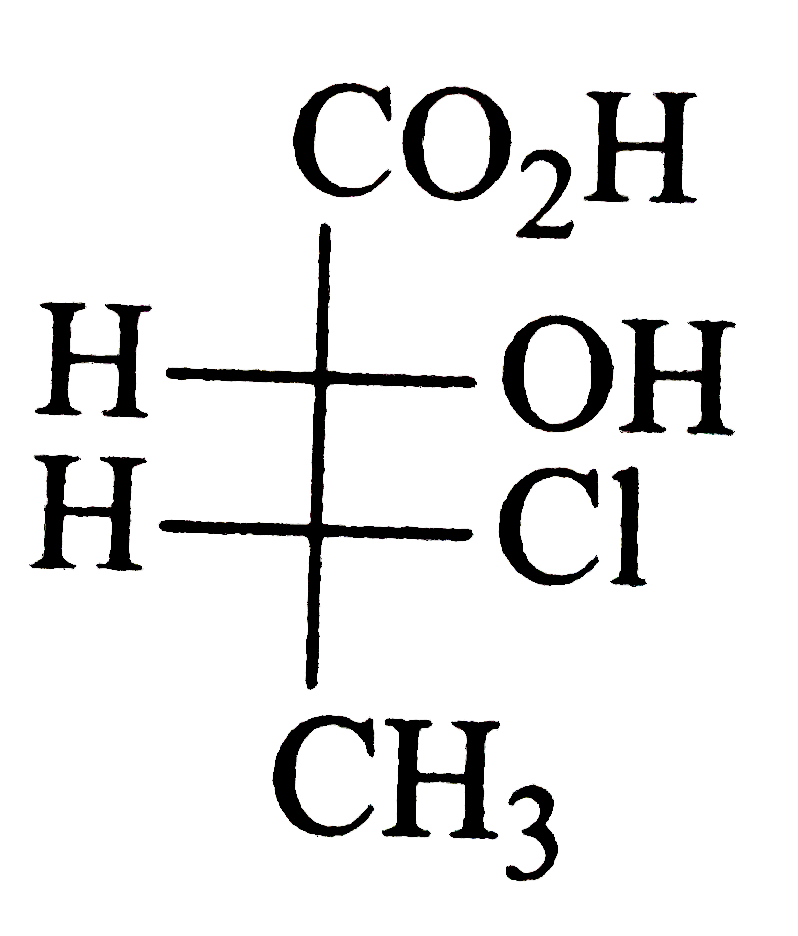 is05:48View Solution
is05:48View SolutionThe IUPAC name of the following compound is
 01:57View Solution
01:57View SolutionThe number of stereoisomers obtained by bromination of trans-2-butene is
01:40View SolutionThe IUPAC name of `C_(6)H_(5)COCl` is
01:27View Solution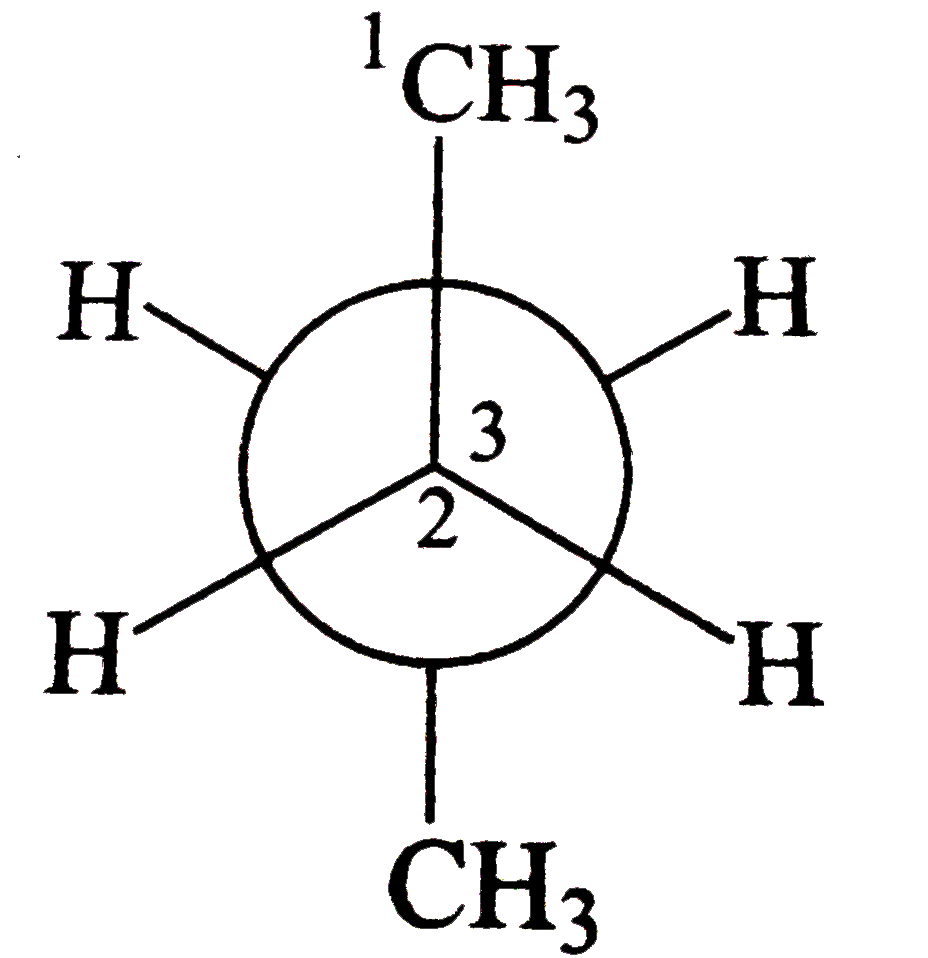
`C_(2)` is rotated anti-clockwise `120^(@)` about `C_(2)-C_(3)` bond. The resulting conformer is01:25View SolutionWhich of the following compounds exhibits, stereoisomerism?
03:18View SolutionThe number of isomers for the compound with molecular formula `C_(2)BrClFI` is
02:27View SolutionWhich of the following compounds will exhibit geometrical isomerism?
01:42View SolutionThe optically active tartaric acid is named as `D-(+)-` tartaric acid because it has a positive
01:54View SolutionHow many optically active stereoisomers are possible for butane-2, 3-diol ?
02:33View SolutionIsomers which can be interconverted through rotation around a single bond are
03:02View SolutionThe enolic form of acetone contains
02:01View SolutionThe number of isomers of `C_(6)H_(14)` is
02:19View SolutionIf two compounds have the same empirical formula but different molecular formulea, they must have
01:19View SolutionWhich of the following will have least hindered rotation about carbon-carbon bond?
02:01View SolutionGive the `IUPAC` name of the following compound.
`CH_(2) = CH - CH (CH_(3))_(2)`01:01View SolutionAn isomer of ethanol is:
02:28View SolutionThe IUPAC name of the compound having the formula is
`H_(3)C-underset(" "CH_(3))underset(|)overset(" "CH_(3))overset(|)(C)-CH=CH_(2)`01:21View SolutionWhich of the following compounds will exhibit cis-trans (geometrical ) isomerism ?
02:48View SolutionThe compound which is not isomeric with diethyl ether is :
03:36View SolutionThe IUPAC name(s) of the following compound is (are) ltbr.
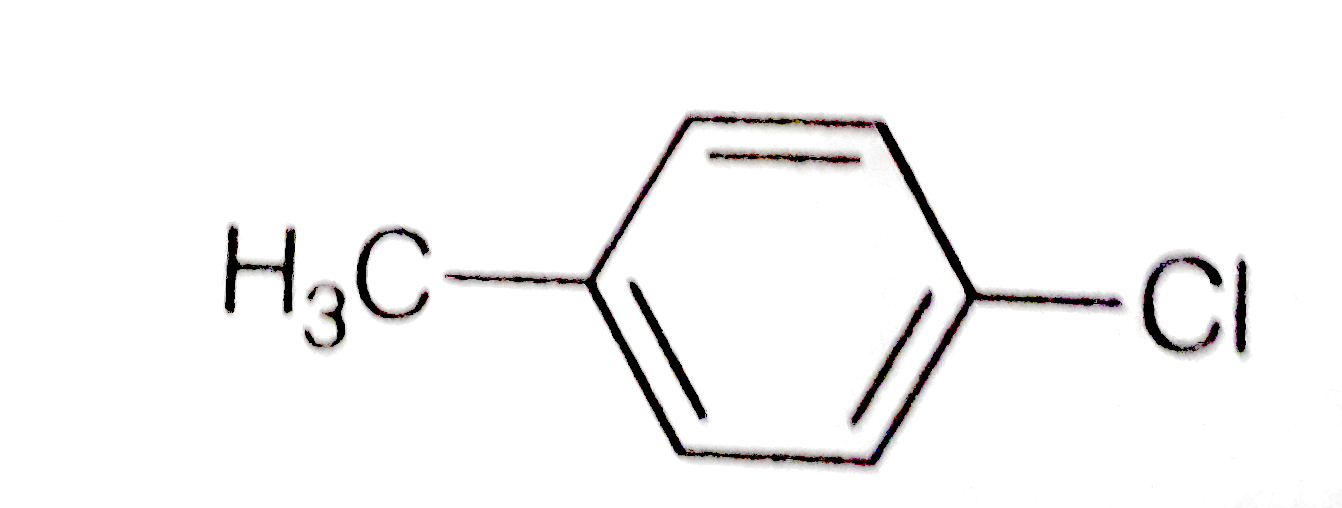 01:38View Solution
01:38View SolutionThe incorrect combination of names for isomeric alcohols with molecular formula `C_(4)H_(10)O` is/are
03:12View SolutionWhich of the given statement(s) about N, O, P and Q with respect to M is/are correct?
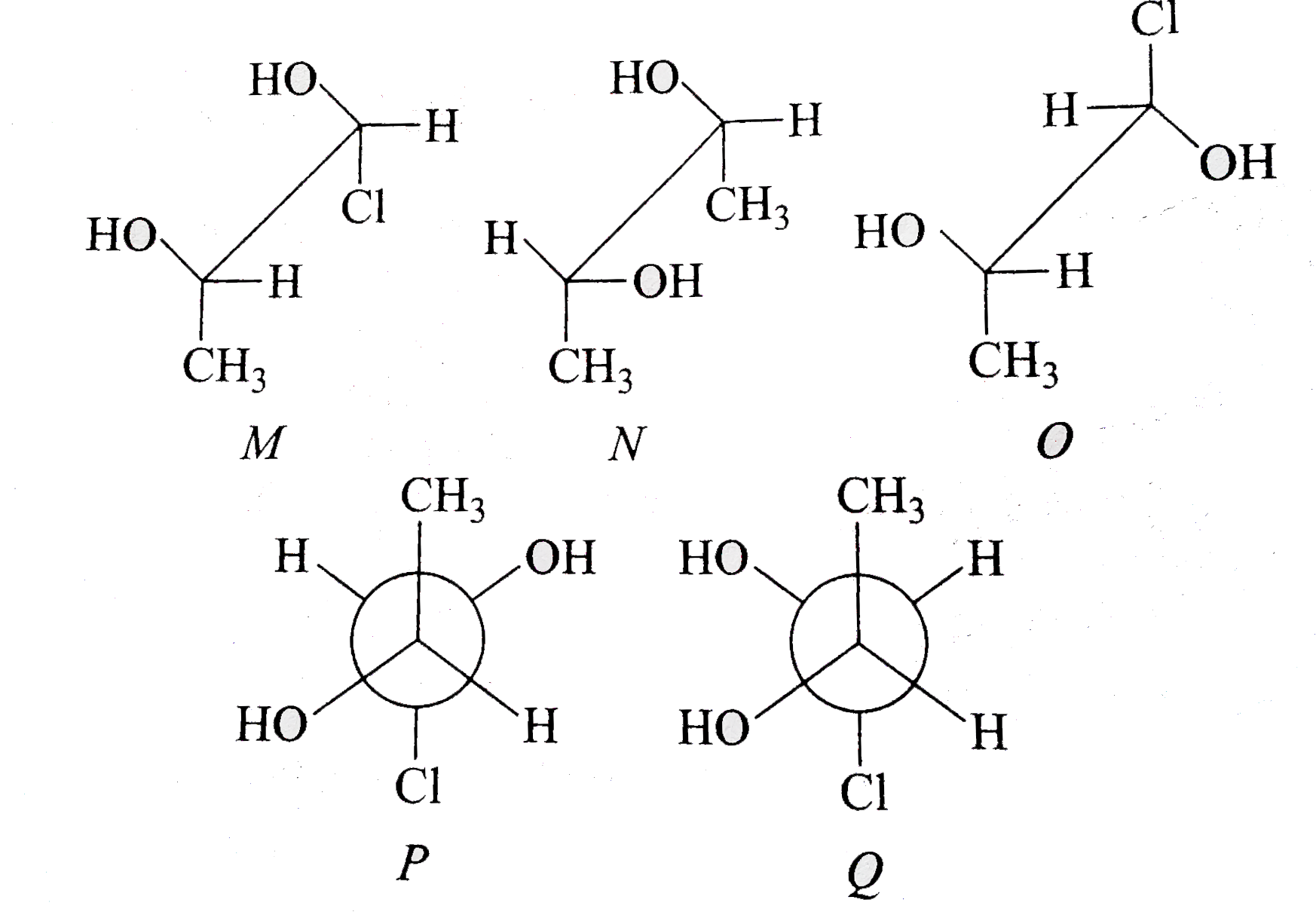 11:27View Solution
11:27View SolutionThe correct statement(s) about the compound
`H_(3)C(HO)HC-CH=CH-CH(OH)CH_(3) (X)` is/are08:32View SolutionThe correct statement(s) concerning the structures E, F and G is/are
 03:07View Solution
03:07View SolutionThe correct statements `(s)` about the compound given below is/are:
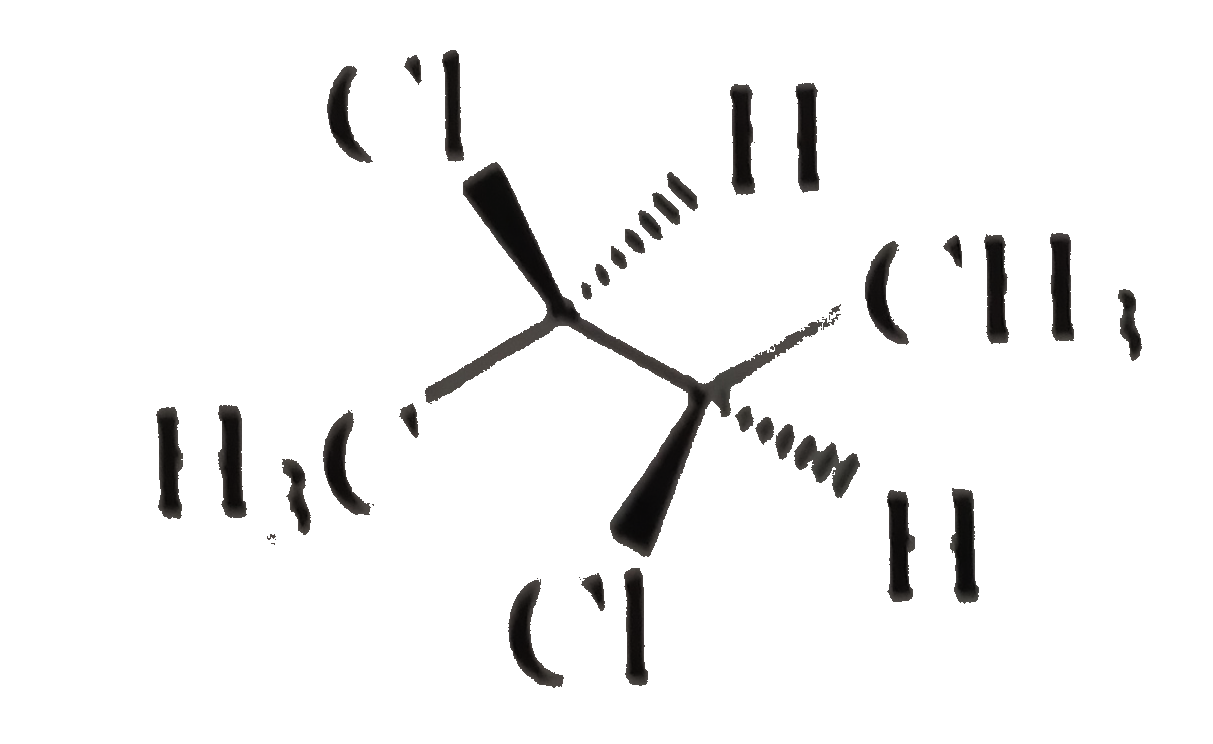 04:17View Solution
04:17View SolutionTautomerism is not exhibited by
03:37View SolutionWhich of the following compounds will show geometrical isomerism?
02:54View SolutionWhich of the following has/have asymmetric carbon atom?
03:14View SolutionKeto-enol tautomerism is observed in
02:45View SolutionOnly two isomeric monochloro derivatives are possible for
05:32View SolutionStatement I: Molecules that are non-superimposable on their mirror images are chiral.
Statement II: All chiral molecules have chiral centres.02:38View SolutionIsomers which are mirror images are knows as ….. (superimposable, non-superimposable, enantiomers, diastereomers, epimers)
01:34View SolutionGive True or False. `2,3,4`- Trichloropentane has three asymmetric carbon atoms.
01:46View SolutionRelation between `m`-Chloro bromobenzene and `m` bromo chloro benzene is.
01:28View SolutionThe total number of stereoisomers that can exist for M is
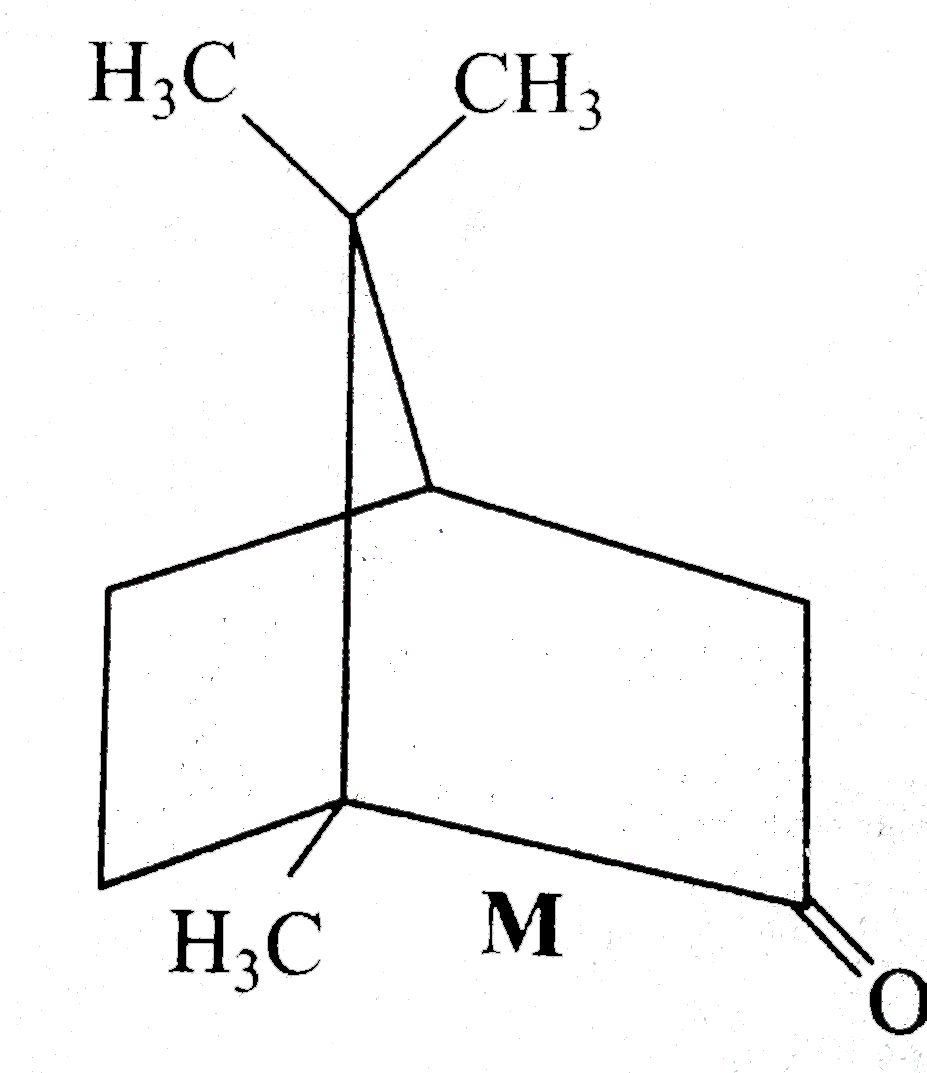 02:30View Solution
02:30View SolutionThe total number(s) of stable conformers with non-zero diple moment for the following compound is/are
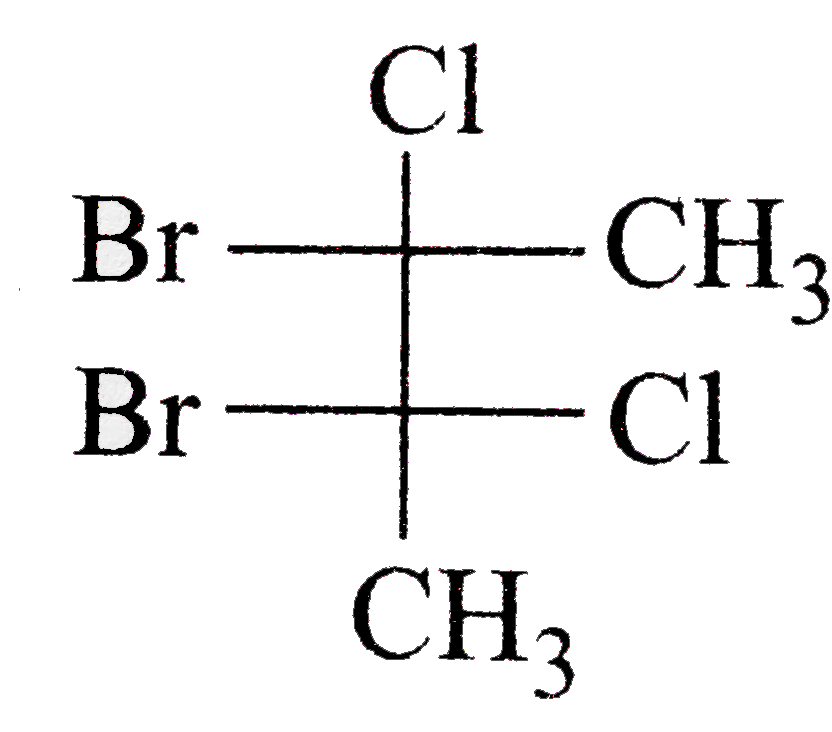 05:04View Solution
05:04View SolutionThe total number of cyclic structure as well as stereoisomers possible for a compound with the molecular formula `C_(5)H_(10)` is:
05:00View Solution`mu` observed `= Sigma mu_(i)X_(i)`
where `mu_(i)` is the dipole moment of the stable conformer and `X_(i)` is the mole fraction of that conformer.
(a) Write the stable conformer for `(Z--CH_(2)--CH--Z)` in Newman's projection. If `mu_(solution) = 1.0` D and mole fraction of the antiform `=0.82`, find the `mu` gauche form.
(b) Write the most stable meso conformer of `underset(CHDY)(underset(|)(CHDY))`
If (i) `Y = CH_(3)` about `C_(2)-C_(3)` rotation and (ii) `Y = OH`, about `C_(1)-C_(2)` rotation.08:17View SolutionGltcerine contain one ………….. hydroxy group.
01:23View SolutionIdentify the pairs of enantiomers and diastereomers from the following:
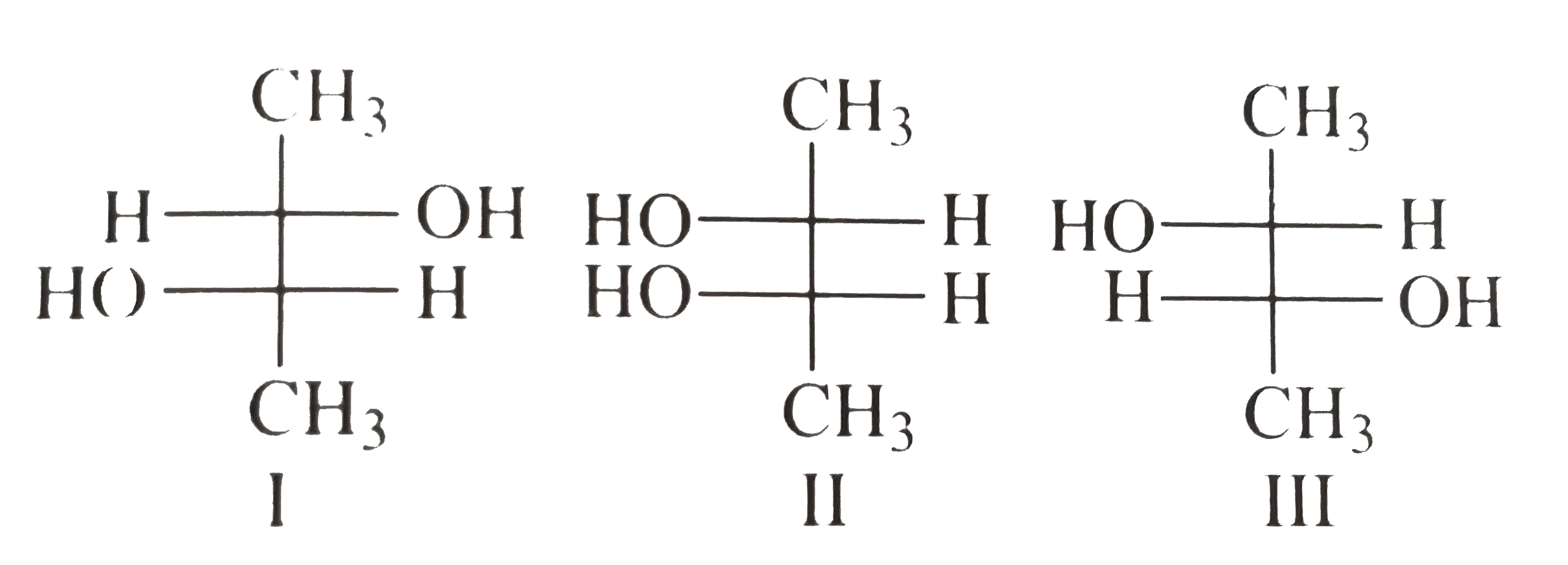 02:39View Solution
02:39View SolutionDiscuss the hybridisation of carbon atoms in allene `(C_(3)H_(4))` and show the `pi`-orbital overlap.
01:58View SolutionWrite tautomeric form of phenol
01:22View SolutionWrite the IUPAC name of the following compound:
`H_(3)C-underset(CH_(3))underset(|)(N)-underset(" "C_(2)H_(5))underset(|)overset(" "CH_(3))overset(|)(C)-CH_(2)-CH_(3)`01:51View SolutionGiven the IUPAC name of the following compound:
 02:38View Solution
02:38View SolutionWrite the IUPAC name of `CH_(3)CH_(2)CH=CH-COOH`.
01:16View SolutionWrite the structural of all the possible isomers of dichloroethene. Which of them will have zero dipole moment?
02:03View SolutionWrite structural formula for all the isomeric alcohols having the molecular formula `C_(4)H_(10)O`.
03:27View SolutionWhich of the following molecules is least resonance stabilised?
02:01View SolutionThe distillation techique most sited for separating glycerol from spent lye in the soap industry is
02:04View SolutionThe correct order of acidity for the following compounds is
 07:31View Solution
07:31View SolutionFor the estimation of nitrogen, 1.4 g of an organic compound was digested by Kjeldahl's method and the evolved ammonia was absorbed in 60 mL of `M//10` sulphuric acid. The unreacted acid required 20 mL of `M//10` sodium hydroxide for complete neutralisation. The percentage of nitrogen in the compound is
04:02View SolutionA gaseous hydrocarbon gives upon combustion, 0.72 g of water and 3.08 g of `CO_(2)`. The empirical formula of the hydrocarbon is
02:40View SolutionThe order of stability of the following carbocation
 01:51View Solution
01:51View SolutionArrange the following compounds in the order of decreasing acidity.
I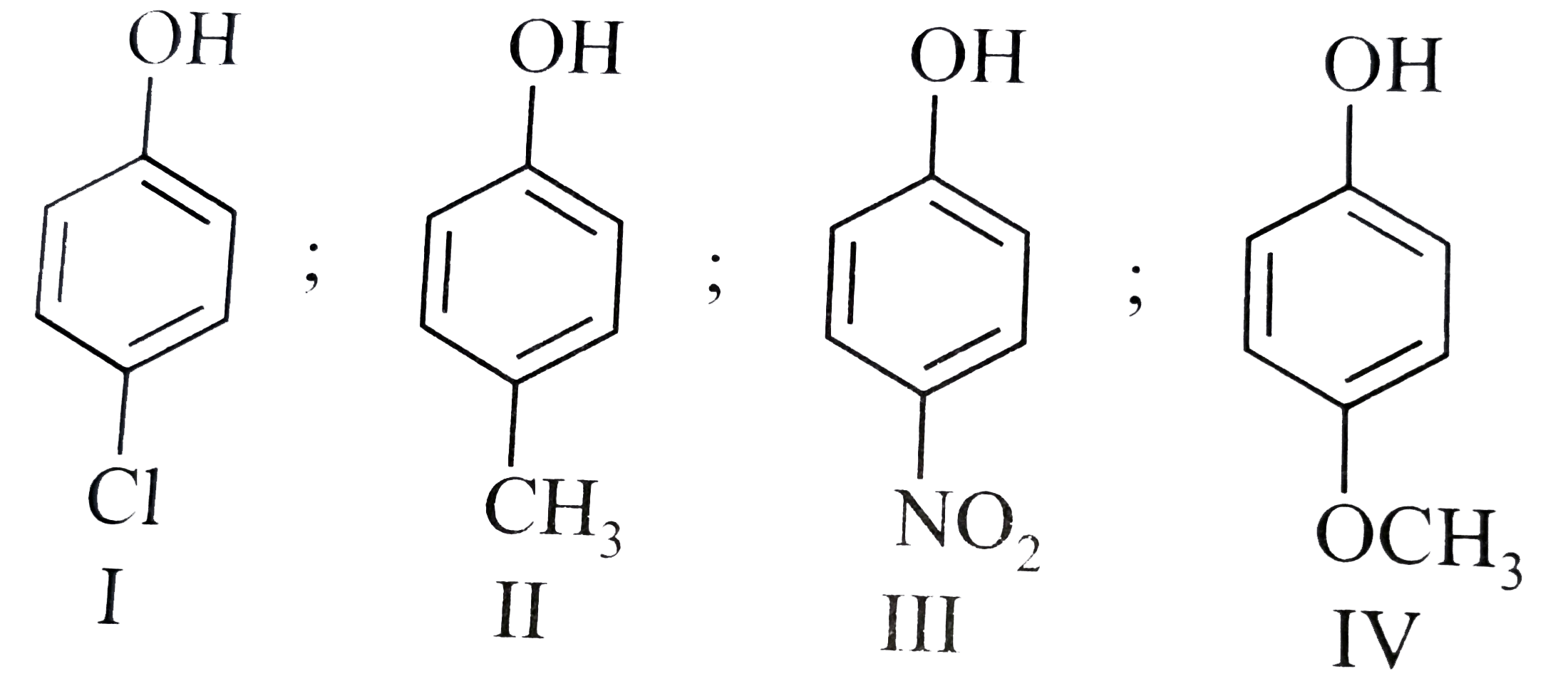
II
III
IV 02:18View Solution
02:18View SolutionA solution of (-l)- chloro -1 phenyletane in toluene recemises slowly in the presence of a small amunt of `SbCI_(5)` due to the formation of .
03:24View SolutionIn allene `(C_(3)H_(4))`, the type(s) of hybridisation of the carbon atoms, is (are)
01:30View SolutionAmong the following compounds, the most acid is:
04:45View SolutionGive the stability of the following resonance structures
(a) `H_(2)C = overset(o+)N =overset(Θ)N`
(b) `H_(2)overset(o+)C -N =overset(Θ)N`
(c ) `H_(2)overset(Θ)C -overset(o+)N -= N`
(d) `H_(2) overset(Θ)C - N = overset(o+)N` .01:59View SolutionIn the following carbocation, `H//CH_3` that is most likely to migrate to the positively charged carbon is :
`H_(3)C^(1)-overset(H)overset(2|)underset(OH)underset(|)(C)-overset(3o+)underset(H)underset(|)(C)-overset(H)overset(4|)underset(CH_(3))underset(|)C-overset(5)CH_(3)`03:24View SolutionThe correct acidity order of the following is
 02:52View Solution
02:52View SolutionHyperconjugation involves the overlapping of the following orbitals :
03:28View SolutionThe correct of stability for the following species is :
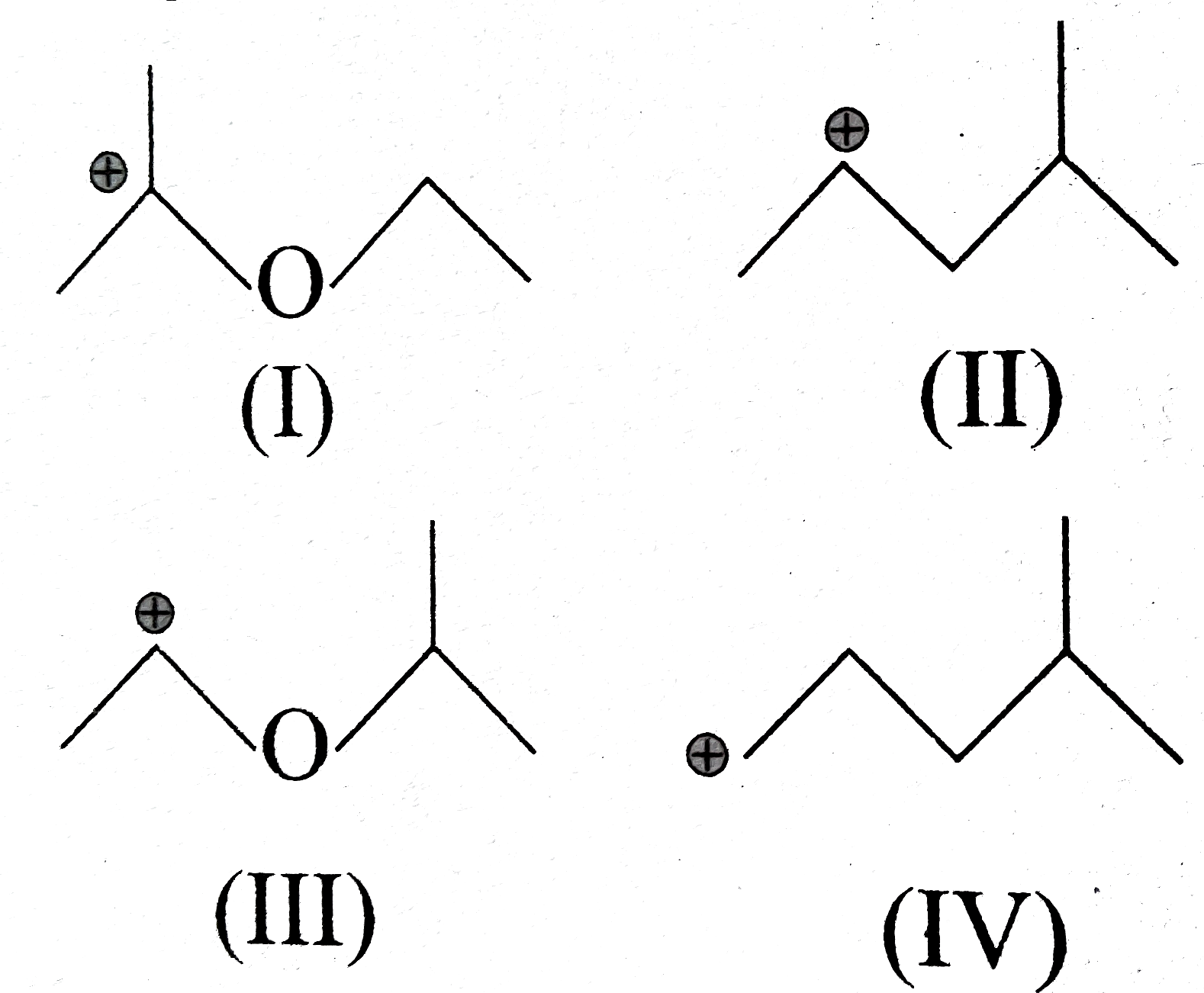 03:56View Solution
03:56View SolutionAmong the following, the least stable resonance structure is :
03:17View SolutionWhen benzene sulphonic acid and P-nitrophenol are treated with `NaHCO_3`, the gases released, respectively, are :
02:12View Solution4-Methyl benzene sulphonic acid with sodium acetate to give
01:45View SolutionFor 1-methoxy-1, 3-butadiene, which of the following resonating structure is least stable?
01:48View SolutionArrange in the order of increasing acidic strengths.
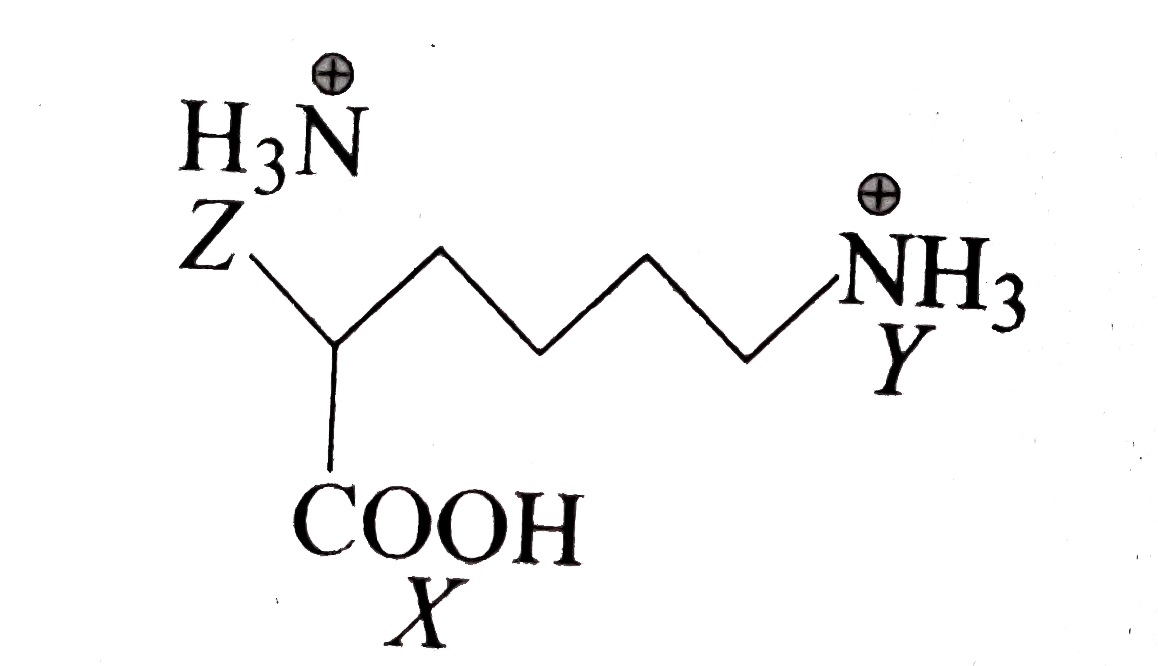 03:07View Solution
03:07View SolutionAmong the following, the molecule with the highest dipole moment is :
06:14View SolutionWhich of the following represent the given mode of hybridisation `sp^(2)-sp^(2)-sp-sp` from left to right?
02:36View Solution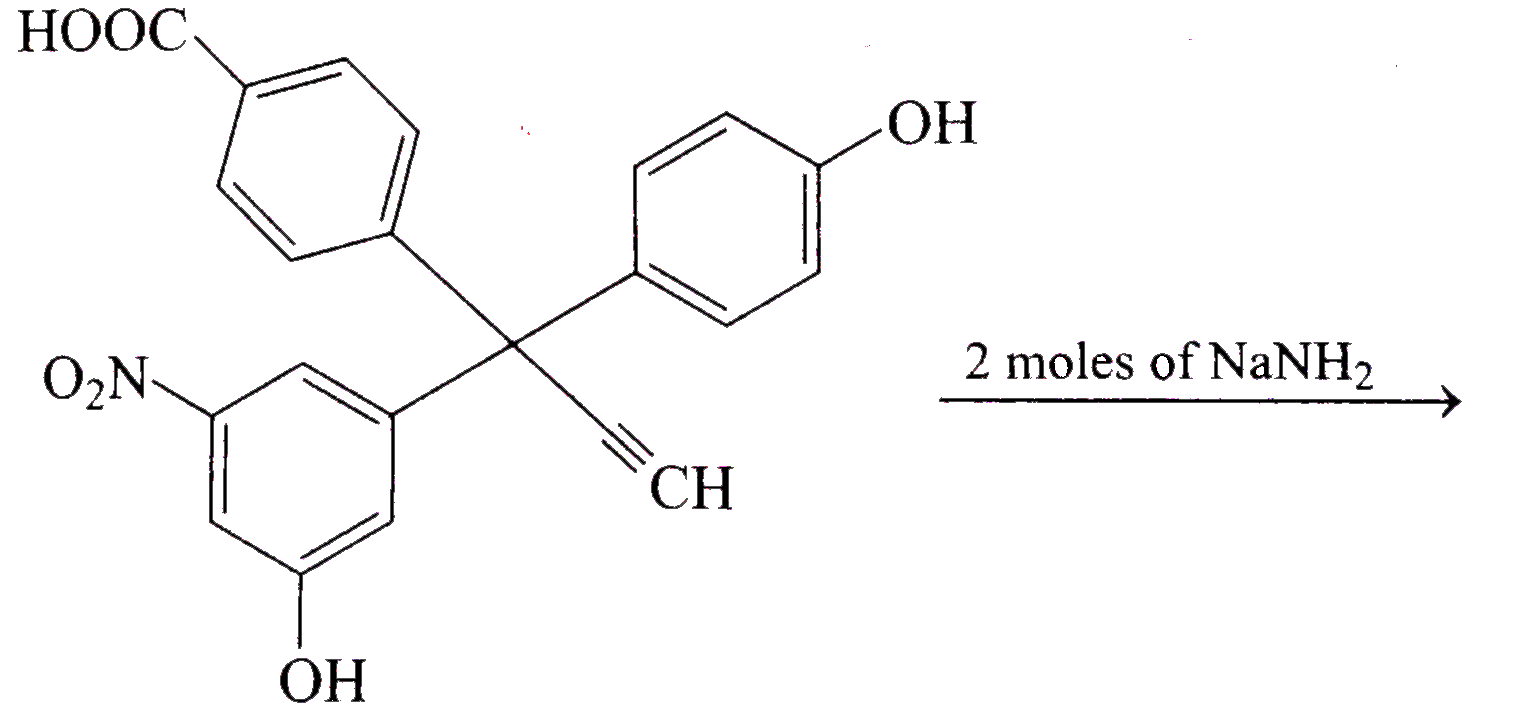
The product A will be02:18View SolutionWhich of the following acids has the smallest dissociation constant?
04:34View SolutionIdentify the correct order of boiling points of the following compounds: `underset(1)(CH_(3)CH_(2)CH_(2)CH_(2)OH)`, `underset(2)(CH_(3)CH_(2)CH_(2)CHO)`
`underset(3)(CH_(3)CH_(2)CH_(2)COOH)`02:18View SolutionWhich of the following hydrocarbons has the lowest dipole moment?
01:54View SolutionThe correct order of basicities of the following compounds is
 , `" "underset((2))(CH_(3)CH_(2)NH_(2))`
, `" "underset((2))(CH_(3)CH_(2)NH_(2))`
`underset((3))((CH_(3))_(2)NH)" "underset((4))(CH_(3)CONH_(2))`03:10View SolutionAmong the following the strongest base is
02:10View SolutionWhich of the following has the most acidic hydrogen ?
05:54View SolutionThe most unlikely representation of resonance structures of p-nitrophenoxide ion is:
04:10View SolutionAmong the following compounds, the strongest acid is:
01:49View SolutionIn the following compounds,

the order of acidity is:03:31View SolutionThe decreasing order of strength of the bases, `OH^(-), NH_(2)^(-), H-C-=C^(-)` and `CH_(3)-CH_(2)^(-)`:
02:16View SolutionThe hybridisation of `C` atoms in `(C - C)` single-bond of `H - C -= C - CH = CH_(2)` is :
01:17View SolutionAmongst the following the most basic compound is :
02:15View SolutionThe number of `sigma`-and `pi`-bond in 1-buten-3-yne is:
01:37View SolutionThe compound which would give the most stable carbcation on dehydration is :
02:49View SolutionPolarisation of electrons in acrolein may be written as :
02:14View SolutionThe bond between carbon atom (1) and carbon atom (2) in the compound `N -= C - CH = CH_(2)` in involves the hybridisation as :
01:50View SolutionAmong P, Q, R and S, the aromatic compounds(s) is/are
 06:31View Solution
06:31View SolutionThe hyperconjugative stabilities of tert-butyl cation and `2`-butene, respectively, are due to
03:47View SolutionAmongst the given option, the compound(s) in which all the atoms are in one plane in all the possible conformations (if any), is/are
09:34View SolutionIn the Newman projection for `2,2`- dimethylbutane
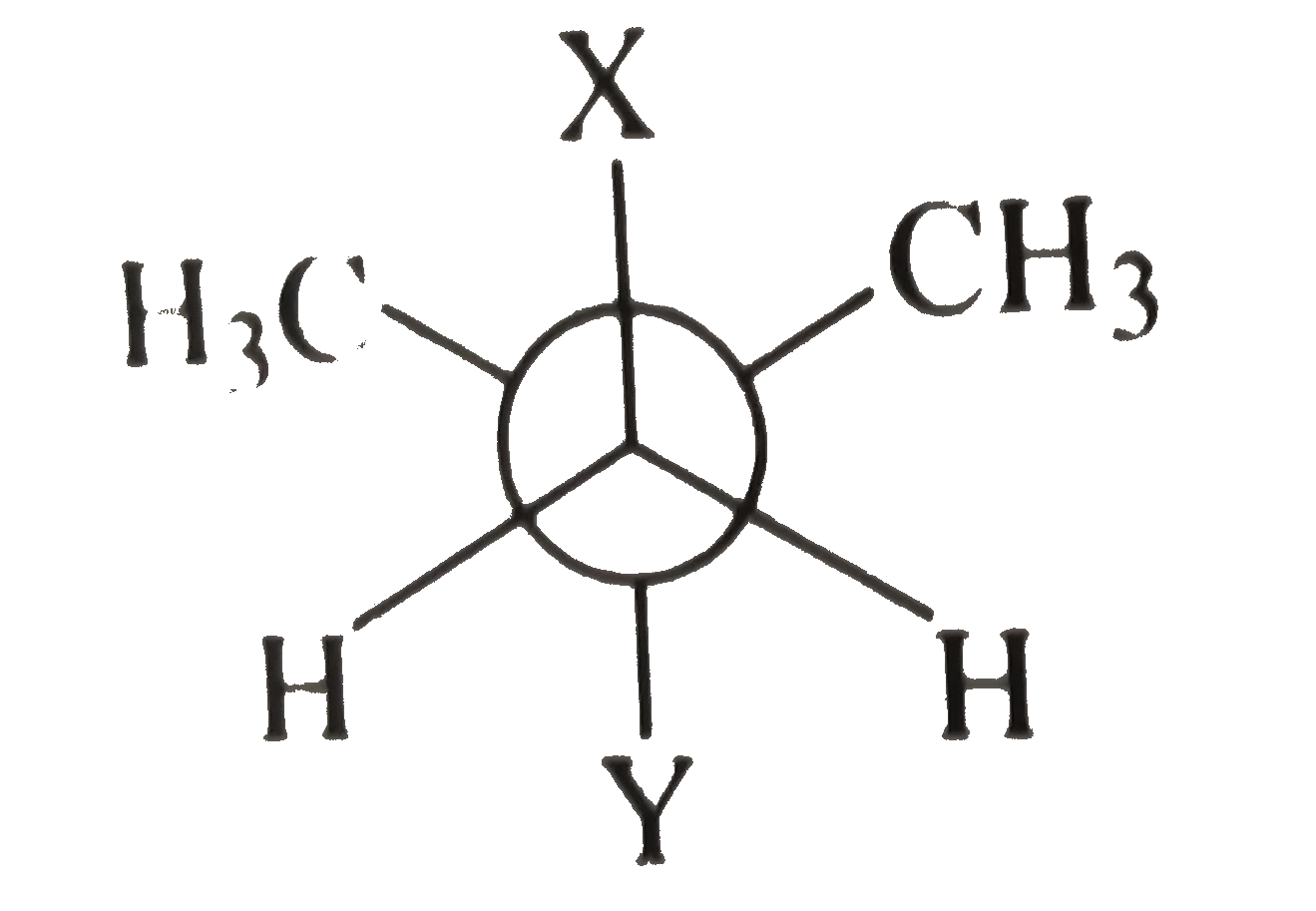
`X` and `Y` can, respectively, be05:17View SolutionThe molecule (s) that will have dipole moment is/are:
03:37View SolutionThe compounds in which `C` uses its `sp^(3)`- hybrid orbitals for bond formation are:
02:05View SolutionPhenol is less acidic than
02:46View Solutionp-Hydroxybenzoic acid has a lower boiling point than o-hydroxybenzoic acid.
o-Hydorxybenzoic acid has intramolecular hydrogen bonding.01:51View SolutionStatement I: p-Nitrophenol is a stronger acid than o-nitrophenol.
Statement II: Intramolecular hydrogen bonding makes the o-isomer weaker than p-isomer.01:48View SolutionMatch the reactions in Column I with appropriate types of steps/reactive intermediate involved in these reactions as given in Column II.
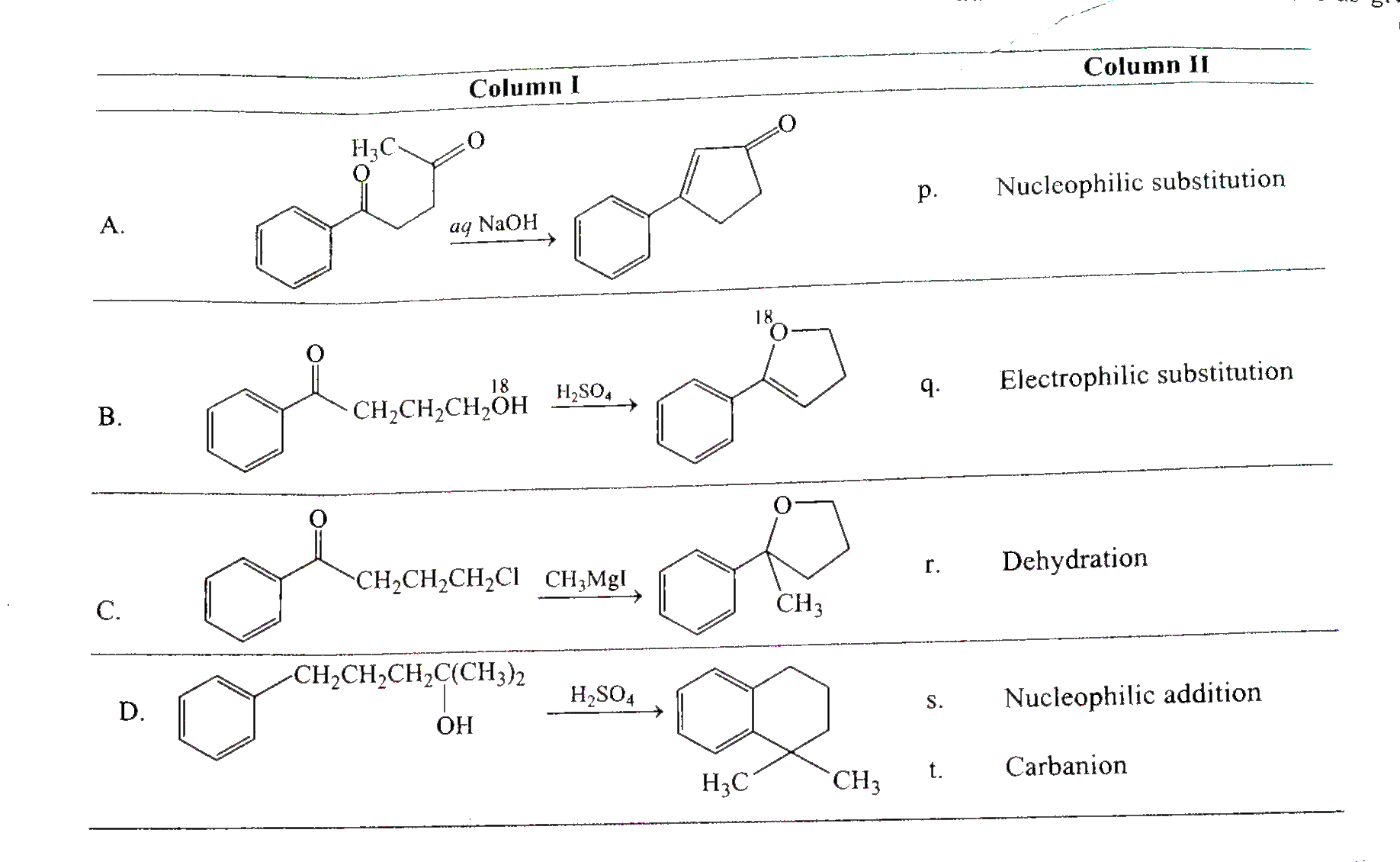 08:54View Solution
08:54View SolutionMatch the reaction in Column I with appropriate options in Column II.
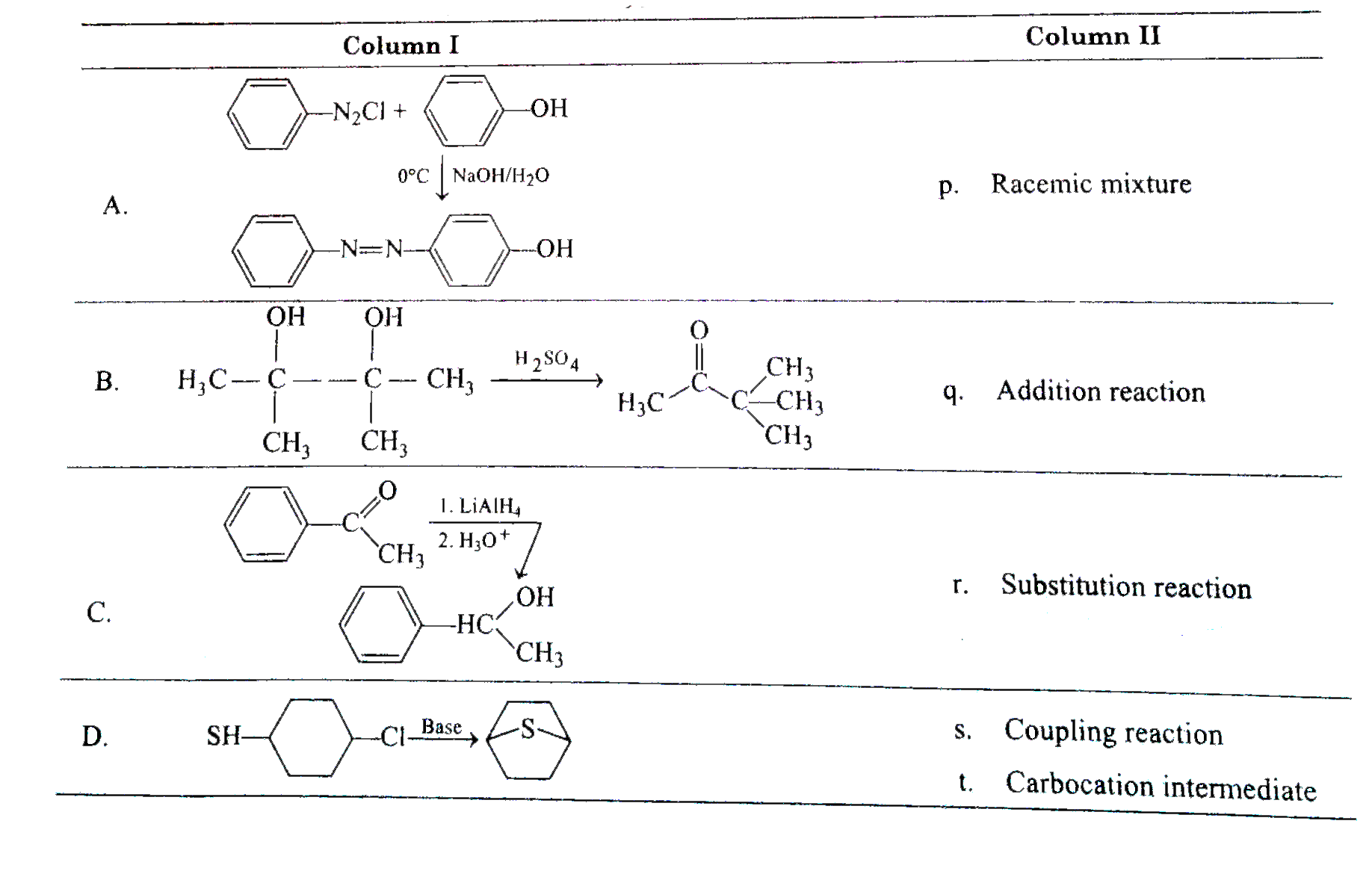 05:07View Solution
05:07View SolutionThe kind of delocalisation involving sigma bond orbitals is called………..
04:13View SolutionThe bond dissociation energy needed to form the benzyl radical from toluence is……….. Than the formation of the methyl radical from methane.
04:37View Solution
JEE Main And Advanced questions and complete solutions for chapter ORGANIC CHEMISTRY BASICS of IIT-JEE PREVIOUS YEAR (CHEMISTRY) of Class 12
